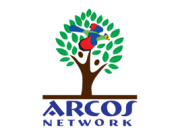RWANDA, AFRICA
Lake Kivu
Located in the Albertine Rift, Lake Kivu is one of the African Great Lakes, a natural border between Rwanda and the Democratic Republic of Congo (DRC). Surrounded by green majestic mountains and volcanoes that harbour a rich variety of fauna and flora, Kivu is among the ten largest lakes in Africa, and it's also one of the deepest in the world.
The lake empties into the Ruzizi River, which flows into Lake Tanganyika. A significant part (700km2) of its watershed is located between the Lake and the volcanoes and is not drained by any rivers. The remaining 4,400 km2 is drained by more than 100 small rivers.
More than two million people live in its basin, and for many of them Lake Kivu is an important source of income, mainly from fisheries, transport and tourism. As one of Africa’s ‘exploding lakes’, it has intrigued scientists for decades – the interaction of lake water with volcanic hot springs produces large amounts of carbon dioxide (CO2) and methane (CH4), that is currently being extracted as an energy source.


Biodiversity
The abundance of fish species is relatively poor, but at the same time, it is astonishingly unique – half of Lake’s Kivu 29 species of fish are found nowhere else on Earth. Those 29 species are grouped into four classes (Clupeidae, Cyprinidae, Clariidae and Cichlidae). Besides the fish, around 142 species of plants, 80 species of birds, 52 species of invertebrates, six species of mammals, six species of reptiles, and five species of amphibians are found in the lake and its basin. The area around the lake is made up of broad-leaved (semi) deciduous evergreen forests.
Lake Kivu also harbors endangered species listed on the IUCN red list, such as the vulnerable rhinoceros viper (Bitis nasicornis).

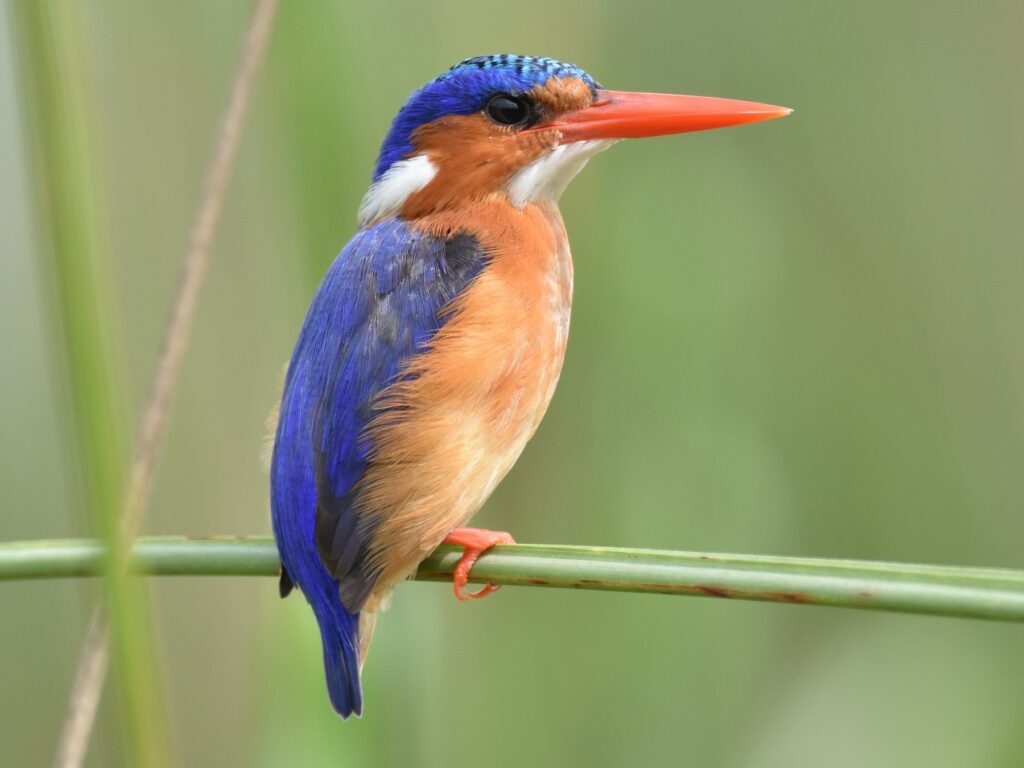
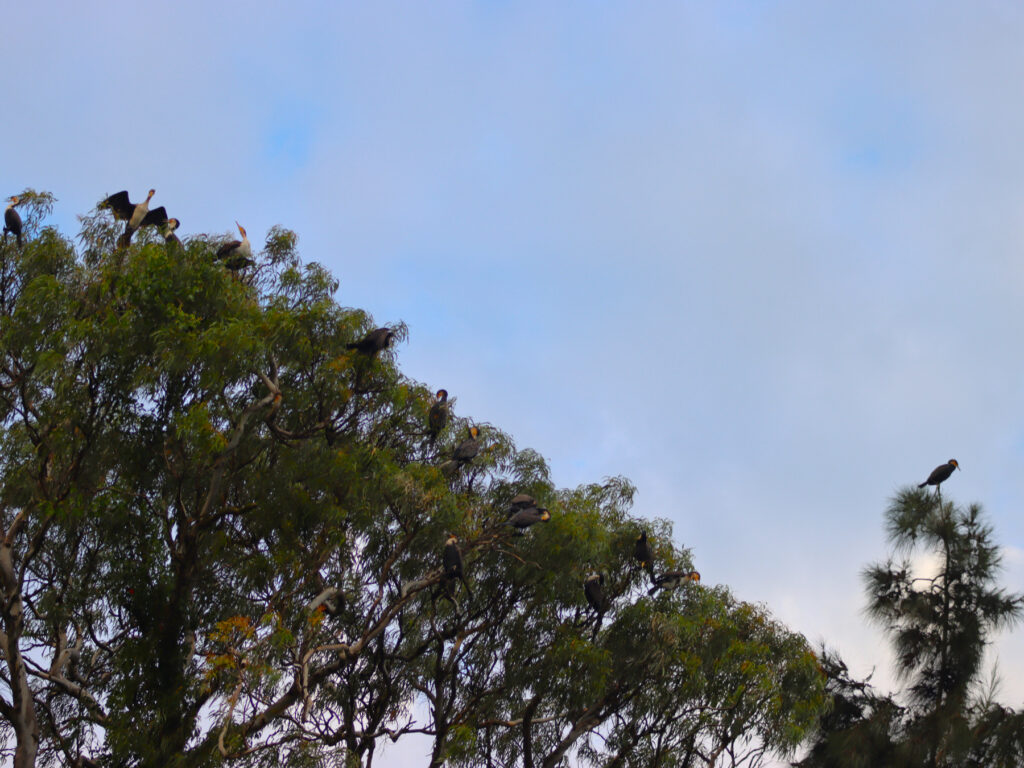
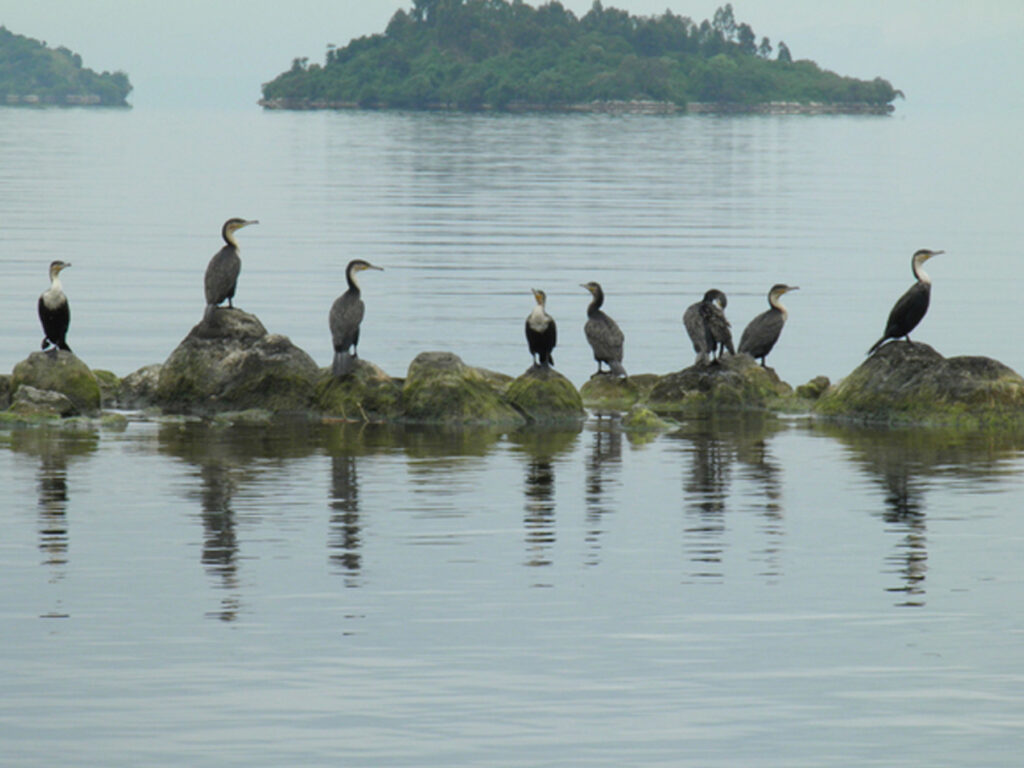
Highlighted Species

Pied Kingfisher
Ceryle rudis

Grey Crowned Crane
Balearica regulorum
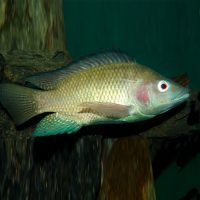
Tilapia
Oreochromis niloticus

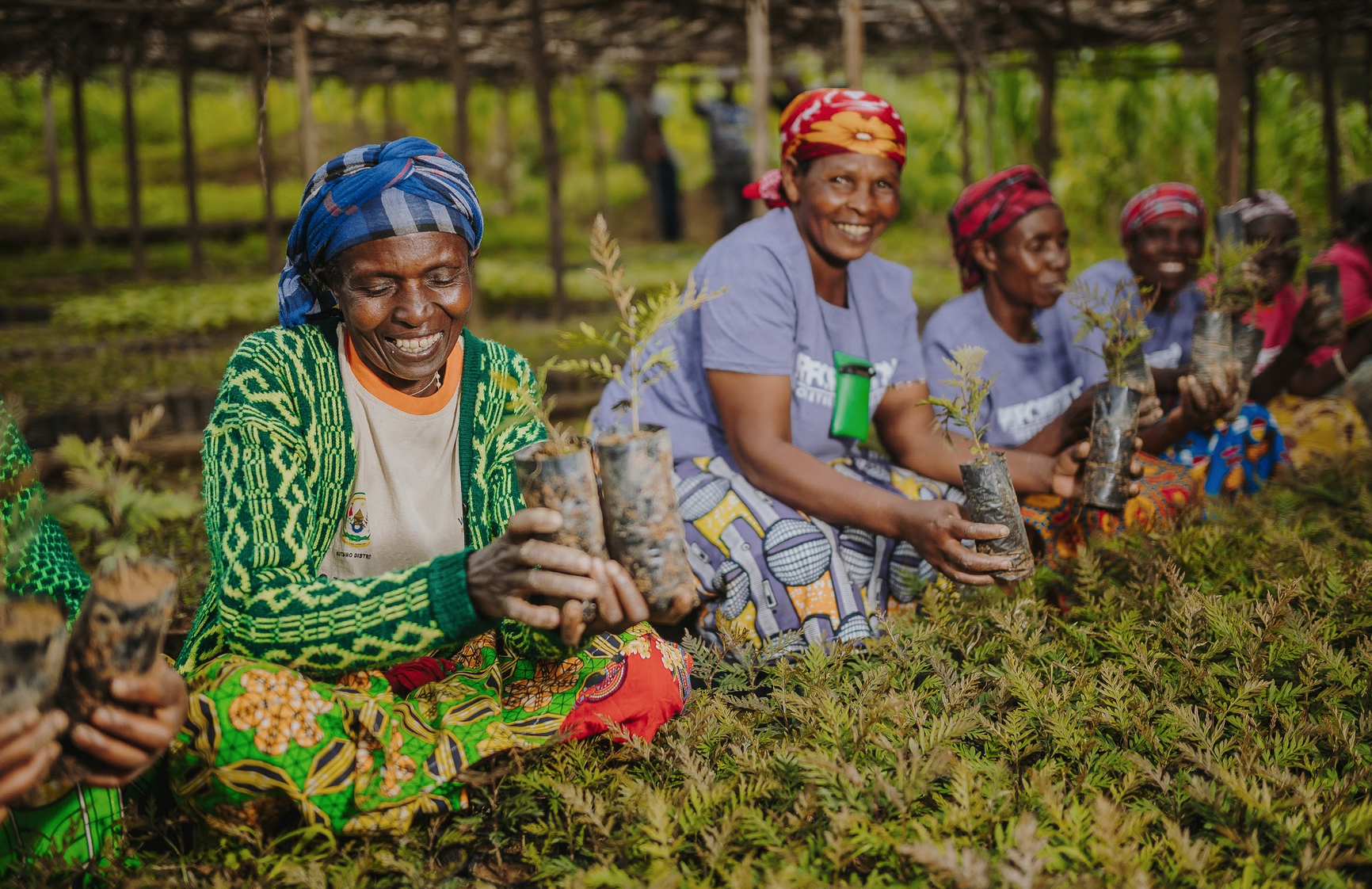
Local Communities
Around two million people live in Lake Kivu’s drainage basin, an area with one of the highest population densities and population growth rates in the African Great Lakes region.
It is the largest local source of fish in Rwanda and a critical source of protein for its population, providing more than 20,000 tons of fish per year – a productive fishery that supports 500,000 people in Rwanda and the DRC.
Besides fisheries, local maritime transport and tourism are also important activities for the local communities.
Threats
Unsustainable land management and intensive agriculture are the main threats, causing widespread and accelerated soil erosion across the catchment area.
The unsustainable exploitation of natural resources from the lake itself, and destructive practices such as the drainage of rivers, also put Lake Kivu’s fragile ecosystem at risk – a situation that is being worsened by the impacts of climate change, and the increasing demographic pressure on the Rwandan side.



Our Work
For the past decade, the Albertine Rift Conservation Society (ARCOS) has been developing restoration activities on the ground in the Lake Kivu catchment area. ARCOS uses an Integrated Landscape Assessment monitoring (ILAM) approach, which takes into account biodiversity, ecosystem services and socio-economic aspects to address the negative impact of unsustainable natural resource management and climate change.
As part of the Living Lakes Biodiversity and Climate Project (LLBCP), ARCOS will focus its restoration activities in the Koko River basin, one of the main tributaries in the western shores of Lake Kivu. To combat erosion and promote climate change adaptation, the project will enable the implementation of a range of activities in the ground – such as creating terraces, protecting river embankments, planting native trees or promoting agroforestry for soil restoration.
The project will focus on capacity building for the local communities, empowering local farmer and fisherman cooperatives and engaging youth and students in conservation and restoration efforts. This will also allow their participation in the development of watershed management plans and, ultimately, in the promotion of more sustainable land use and fisheries practices.
Another key action is the establishment of a Nature-Based Community Fund (NBCF) in partnership with the communities that live around the lake – by increasing their access to finance, local people will be able to improve their livelihoods through small-scale green projects.
In addition to that, low impact practices and technologies will be provided during the project – for example, sun-powered irrigation systems to increase vegetable and fruit production, or high efficiency cooking stoves that reduce carbon emissions and the need for firewood. To reduce the use and dependence on synthetic agrochemicals, ARCOS will also establish demonstration sites to showcase organic manure and ‘biopesticide’ production, among other sustainable agricultural practices.
Knowledge sharing will be essential during the project, organizing conferences, workshop and field trips for local communities and stakeholders.

